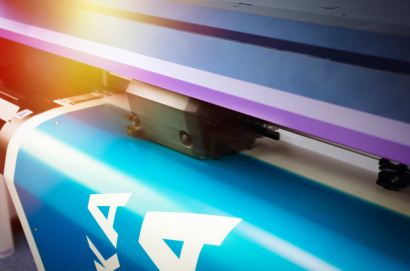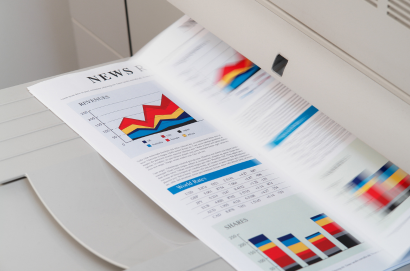


Creating an effective website design requires more than just visual appeal—it demands a well-thought-out combination of elements that together create an intuitive, engaging, and conversion-friendly experience. A successful website doesn’t just attract visitors; it keeps them interested, guides them to take specific actions, and leaves a positive impression. Let’s explore ten fundamental elements that every website should have to achieve these goals.
User-Friendly Navigation
Easy navigation is critical in website design, as it allows users to find information quickly and effortlessly. A well-organized menu and intuitive layout help visitors locate what they need without frustration. Dropdowns, breadcrumb trails, and search bars enhance usability, guiding users toward desired sections. Navigation isn’t only about structure but about ensuring that users feel confident moving from one page to another. A simple, uncluttered navigation bar can increase engagement and decrease bounce rates.
Responsive Design
In today’s mobile-driven world, responsive design is no longer optional. Websites must adjust seamlessly across devices, from desktops to tablets and smartphones. A responsive layout ensures that elements such as images, text, and buttons scale appropriately, providing an optimal experience on any screen size. Not only does this improve accessibility, but Google also rewards mobile-friendly sites, enhancing their search rankings. Responsive design broadens a site’s reach and offers a consistent experience for every user.
Clear Calls to Action (CTAs)
Effective websites guide users to take specific actions, whether it’s signing up for a newsletter, purchasing a product, or booking a consultation. Clear and strategically placed CTAs make these next steps obvious, enticing users to engage further. Using contrasting colors, compelling copy, and strategic placement can significantly improve click-through rates. Each CTA should be simple, specific, and aligned with the overall goals of the site to ensure that users feel encouraged to take action without feeling overwhelmed.
Engaging Visuals and High-Quality Images
Visual elements play a crucial role in creating a memorable user experience. High-quality images, videos, and graphics capture attention, communicate the brand’s message, and add a professional touch. Visuals should align with the content and support the overall message of the site rather than distracting users. With fast-loading, optimized media, a website can balance aesthetics with performance, keeping users engaged without sacrificing speed.
Content Hierarchy and Readability
Effective content hierarchy guides users through information in an easy-to-digest manner. Headings, subheadings, bullet points, and whitespace break down text, making content approachable. A clear hierarchy allows users to skim content while still capturing the main points. Font choices also play a significant role in readability—legible, consistent typography keeps readers engaged. Content that is structured well not only improves readability but also encourages users to spend more time on the site.
Fast Loading Speed
Website loading speed is a crucial factor in user experience and SEO. Studies show that users are more likely to leave if a site takes longer than three seconds to load. Speed optimization involves compressing images, enabling caching, and minimizing code. A faster website enhances the user experience, decreases bounce rates, and improves search engine rankings. Fast-loading pages allow users to focus on content and functionality without being bogged down by lag.
Incorporating these elements will create a website that not only looks appealing but also functions seamlessly to provide a user-centered experience. Prioritizing usability, accessibility, and responsiveness fosters user satisfaction, turning visitors into loyal customers. By combining design with strategy, a website can become a powerful tool that enhances the brand's online presence and drives growth.


